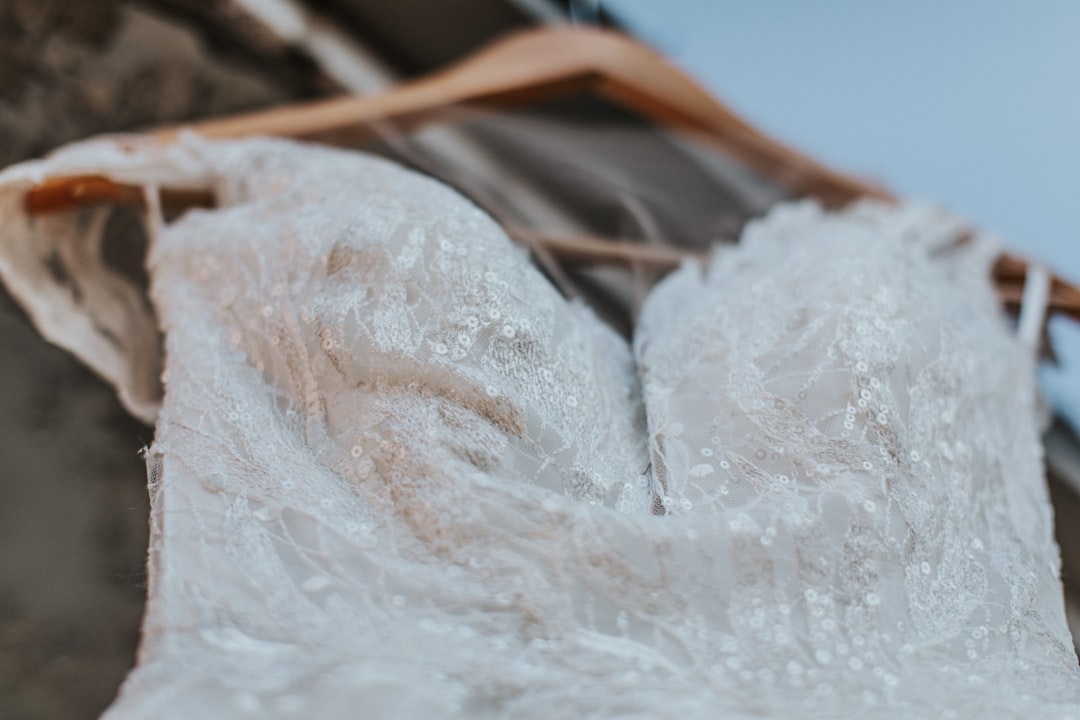
For construction professionals, understanding the cost of foam insulation installation is crucial for accurate project budgeting. Current rates for foam insulation range from $1.15 to $3.50 per board foot, depending on the type and application. This guide provides a detailed breakdown of costs and factors affecting pricing, helping you make informed decisions for your projects.
• Superior air-sealing reduces energy costs.
• Higher R-value per inch compared to traditional materials.
• Acts as a vapor barrier, minimizing moisture issues.
• Expands to fill gaps, ensuring comprehensive coverage.
1. Foam Type: Open-cell is generally cheaper but offers lower R-value.
2. Coverage Area: Larger areas require more material and labor.
3. Accessibility: Difficult-to-reach areas increase labor costs.
4. Prep Work: Removing old insulation and preparing surfaces adds to costs.
5. Local Labor Rates: Regional variations can significantly impact pricing.
• Open-cell attic retrofits: $1.15 – $1.50 per board foot
• Closed-cell basement walls: $1.65 – $2.20 per board foot
• Full-envelope new construction: $2.80 – $3.50 per square foot
These estimates include materials and labor but exclude demolition or specialty coatings.
1. Voice-to-Estimate: Use voice input for quick data capture.
2. Live Cost Database: Access up-to-date pricing from verified sources.
3. Blueprint Takeoffs: Automate calculations with digital plans.
4. Instant Formatting: Generate ready-to-send proposals and invoices.
• Combine projects to reduce mobilization costs.
• Optimize material thickness to meet code requirements efficiently.
• Schedule during off-peak seasons for lower labor rates.
• Utilize rebates and incentives to offset costs.
A 1,400 sq ft bungalow retrofit included open-cell foam installation at a cost of $2,582, resulting in a 32% reduction in air leakage.
Is foam insulation worth the cost? Yes, with energy savings recouped in 3-7 years.
Does foam qualify for tax credits? Most installations qualify under federal energy credits.
Can I DIY foam insulation? Professional installation is recommended for compliance and safety.

CountBricks offers more than just cost estimates. Our platform supports seamless collaboration and quality assurance, ensuring successful project outcomes.
• Shared dashboards facilitate communication among stakeholders.
• Instant updates on change orders keep costs transparent.
1. Photo documentation ensures compliance with standards.
2. AI analysis prevents costly errors.
3. Comprehensive reports are accessible for all parties.
CountBricks syncs weather forecasts with project timelines to optimize installation conditions.
A Net-Zero home achieved superior energy efficiency with CountBricks, saving $520 annually in energy costs.
CountBricks provides the tools and data needed for accurate foam insulation cost management. Schedule a demo to see how we can enhance your workflow.